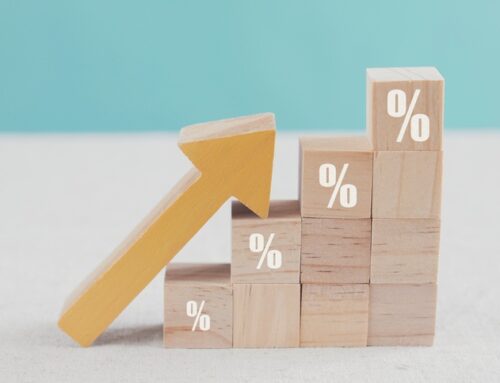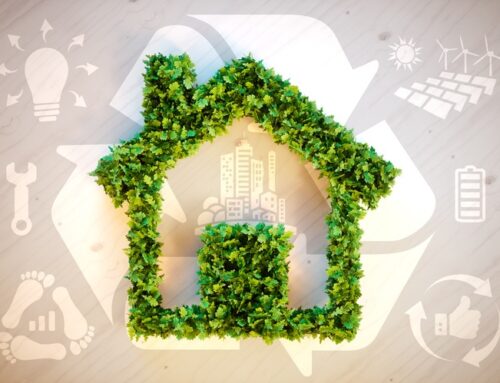Home » Uncategorised »
House Prices Could Rise Faster if Base Rate Rise is Delayed
This article is an external press release originally published on the Landlord News website, which has now been migrated to the Just Landlords blog.

House prices could rise by almost 7% next year if an interest rate rise is postponed, according to BNP Paribas.
Researchers at one of the world’s biggest banks warns that while the delay of a rate increase until 2017 could be good news for homeowners, it might lead to higher property prices and force the Bank of England (BoE) to further restrict mortgage lending.
BNP Paribas expected house prices to rise by 4.4% in the UK in 2016 if the base rate started to increase slowly from its current rate of 0.5%, followed by 6.7% growth in 2017.
This level of growth would put the average house price, as measured on Nationwide’s monthly index, at £206,256 by the end of 2016, from £197,582 this year. It would then reach £220,116 in 2017.
BNP Paribas reports that improved household finances and confidence in the overall economy will strengthen demand for homes and the prices paid, but the lack of supply of property for sale continues to be “a serious concern”.
If the base rate rise is kept on hold, the bank forecasts a price rise of 6.9% in 2016 and 11.5% in 2017, putting prices at £211,215 and £235,500 respectively.
Head of Residential at BNP Paribas Real Estate, Adrian Owen, says: “While on the face of it a deferral would be good news for homeowners, we believe this scenario is a cautionary tale for the UK economy as a whole.
“There is already concern at the BoE over the pace of house price growth, and while the current lack of housing supply is a significant driver, the sustained low cost of finance is also a major contributor.”
Mortgage rates have dropped to record lows this year, with an average rate of 1.87% on a two-year fixed rate mortgage at 75% loan-to-value (LTV), and the average five-year rate is 2.78%.
In some parts of the country, house prices are now at a higher multiple of earnings than ever before. However, restrictions by the BoE in 2014 have reduced the amount of lending at more than four-and-a-half times an applicant’s salary.
Governor of the BoE, Mark Carney, has suggested that rates could remain as they are well into 2016 and that other measures could be introduced to cool the market.
Owen comments: “Even under our central scenario that base rates rise next year, it is likely that the BoE will seek to place a brake on house price growth by introducing further restrictions on the availability of finance.
“This may achieve the desired dampening effect, although does not address the underlying structural issue in the market of insufficient supply.”1
The bank forecasts house price growth of around 27% in the UK by the end of 2019. In the South West, researchers say that prices could increase by 40.2% by 2020. Meanwhile, in the South East (excluding London), the rise could be 36.1%. In the capital, values are predicted to grow by 25.1% over the same period.
Chancellor George Osborne’s recent announcement in the Autumn Statement – that buyers of a buy-to-let property or second homes will pay an extra 3% in Stamp Duty – has been factored into the forecasts.
The bank found that this measure would have little national impact, but could reduce house price growth in regional town centres and London. As a result, BNP Paribas has cut its house price expectations for the capital from 5.6% to 4.7%. It now forecasts the average London house price to be £468,893 in 12 months’ time.
Read more about the Stamp Duty changes here: /16883-2/




